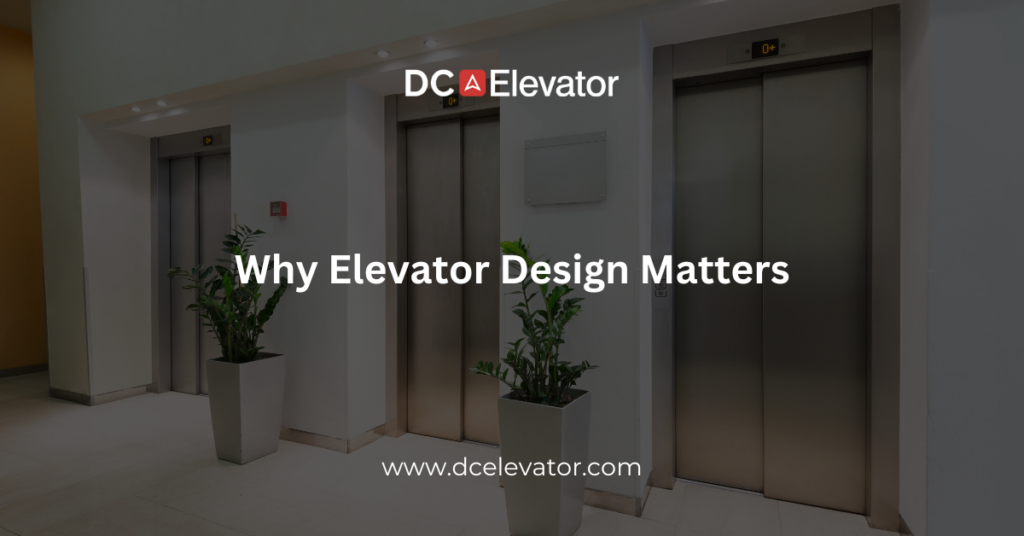Elevators have come a long way from being purely functional vertical transportation devices. Today, they are an integral part of the architectural and aesthetic aspects of modern buildings. Elevator design goes beyond mere functionality; it influences the user experience, complements the building’s design, and even adds value to the property. In this blog post, we delve into the importance of elevator design and why it matters in contemporary construction.
The First Impression
Elevators are often the first point of contact that visitors and occupants have with a building. A well-designed elevator can make a lasting impression, setting the tone for the entire structure. When passengers step into a beautifully designed elevator, they are greeted with a sense of elegance and sophistication that extends to the entire building.
Enhancing Aesthetics
Elevator design can seamlessly blend with a building’s overall aesthetics. Architects and designers now view elevators as opportunities for creative expression. Elevator cabs can feature unique materials, finishes, lighting, and artwork that harmonize with the building’s interior design, creating a visually stunning environment.
Elevating User Experience
A well-thought-out elevator design can significantly impact the user experience. Factors such as intuitive button placement, clear signage, and comfortable interiors contribute to a smoother and more enjoyable ride. Passengers appreciate elevators that are easy to use, comfortable, and aesthetically pleasing.
Property Value and Marketability
Elevator design isn’t just about aesthetics; it also affects the property’s value and marketability. A thoughtfully designed elevator can be a selling point for residential buildings and a unique feature in commercial spaces. It can increase property value and attract potential buyers or tenants.
Sustainability and Efficiency
Modern elevator design also incorporates sustainability and energy efficiency. Energy-efficient elevators reduce operating costs and environmental impact. Sustainable materials and technologies are now a crucial aspect of elevator design, aligning with the broader trend toward green building practices.
Customization and Branding
Elevator design offers opportunities for customization and branding. Businesses can use elevator interiors to reinforce their brand identity, creating a cohesive experience for visitors and employees. Custom designs can reflect the building’s purpose and the values of its occupants.
